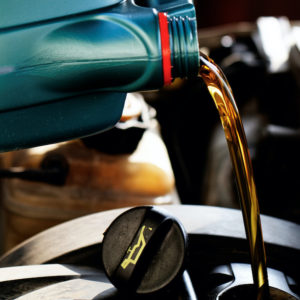One of the few maintenance items that automobile manufacturers have not found a way to eliminate. Regular oil changes are the best way to ensure longer engine life. If you frequently take short trips where the car doesn’t always completely warm up, then oil changes are even more important because acid and moisture buildup does not have a chance to burn off. Some new engines normally run very hot and are very hard on oil. Even missing a single oil change on these cars can cause an engine to develop sludge which can cause engine damage in a car with as little as 15,000 miles on the odometer. Today’s modern oils contain detergents and additives that are designed to protect against sludge formation, but if you regularly do a lot of stop and go driving, like rush hour driving, engine heat will eventually break down these additives so that they stop protecting your engine. Sludge problems are NOT covered by a new car warranty. You could be stuck with a bill for major engine work! It happens more times than you think, usually to people who lease their car and think that they can get away with not doing proper maintenance. The best way to protect yourself is with regular oil changes and make sure that you save your receipts.

When an oil change service is referred to as an “Oil, Lube & Filter,” the”lube” is a chassis lubrication where the mechanic applies grease to various steering and suspension joints under the car. Most modern cars are manufactured with sealed-for-life joints that do not have grease fittings; however if any of these parts were replaced, the new parts probably do have lubrication points and must be greased to prevent premature wear. If you have had parts replaced, make sure that the mechanic know sit or he may overlook them.
Doing an oil change yourself does not require much skill, but crawling under a car and having oil drip down your sleeve is hardly worth the $10 or so that you might save. Then,you have to deal with the old oil and filter. I could think of a more productive way to spend a Saturday afternoon.
Check out these tutorial videos on how to change your oil (including your oil filter):
Any information provided on this Website is for informational purposes only and is not intended to replace consultation with a professional mechanic. The accuracy and timeliness of the information may change from the time of publication.



















